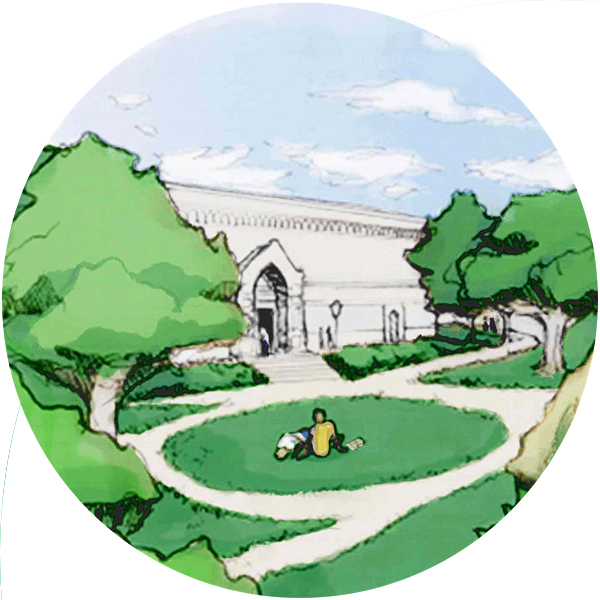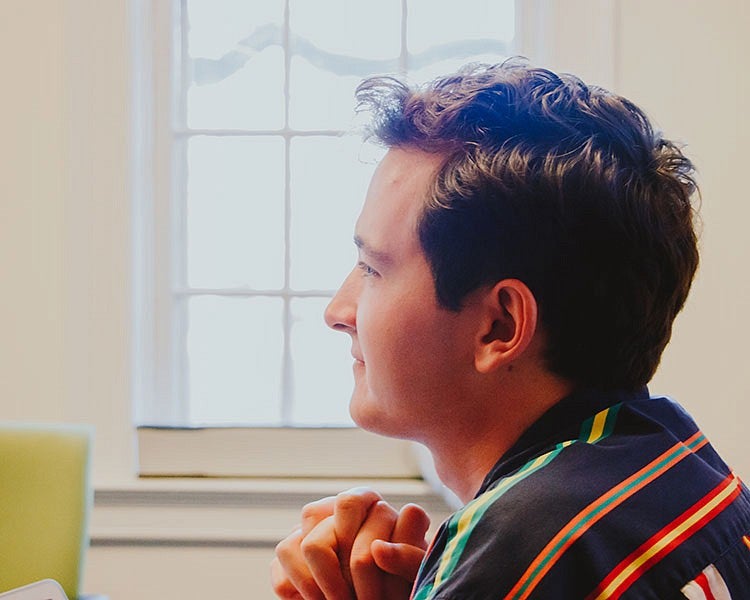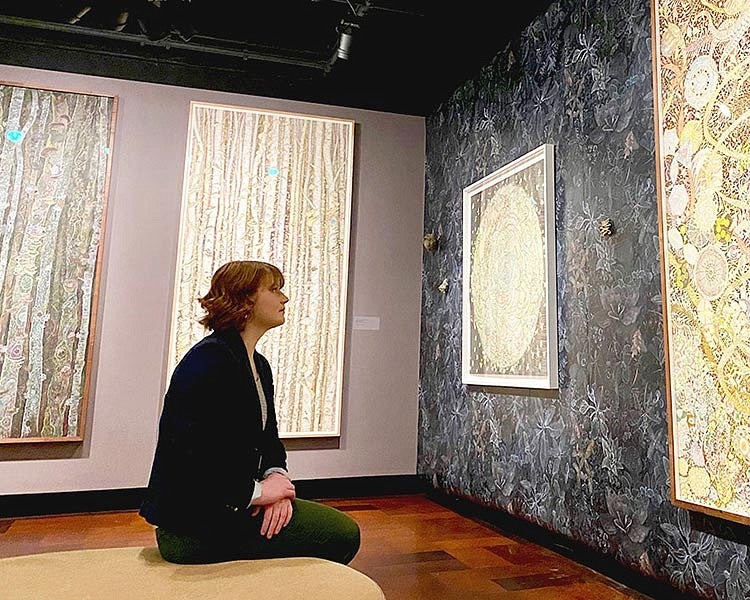Art Historian. Surrealist Scholar. Boredom Advocate.
Joyce Cheng, a bike commuter, also loves the bicycle “as a ‘vintage’ symbol of modernity”
On the Visuals, Poetics, Theories, and Histories of Modern Art
The avant-garde is always trying to question the boundary of the gentrified neighborhood of art, says Joyce Cheng, associate professor of modern art in the Department of the History of Art and Architecture.
Cheng is referencing how art fits into the world of visual culture—human artifacts ranging from weaponry and costumes to advertisements and Hello Kitty trinkets.
As she tells her students, the neighborhood of art exists as an inner sanctum in the larger city of visual culture. However, many, like those of the avant-garde, do not want to be confined to this gated community, because they believe it’s where art goes to stagnate, to suffocate in a glass case in a museum.
“Joyce Cheng created the first-ever visual culture survey course for our department, but it could develop into a whole field within the department later if desired,” said HAA Professor Kate Mondloch.
In this podcast, Cheng delves into visual culture, drawing on her many areas of expertise, including surrealism, Dadaism, the history of the avant-garde, primitivism, European modern art, and boredom studies. Yes, you read that correctly—boredom studies.
“Boredom is a form of provocation,” explained Cheng, pointing to the kitschy, ironic poems of the late nineteenth-century French decadent Paul Verlaine and Dada performances in early 20th-century Paris. “Boredom is the other side of creativity, but we don’t know how to deal with it.”
Listen to the podcast to learn more about Cheng's journey. Read more below about students, alumni, and faculty in the Department of the History of Art and Architecture.
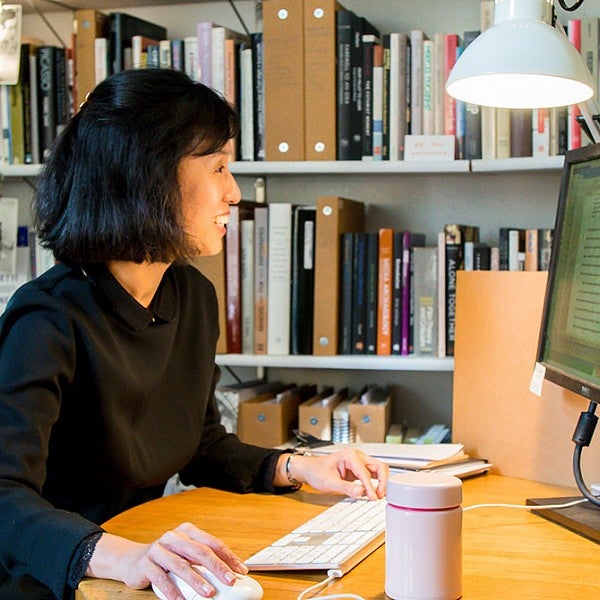
Cheng in her office in Lawrence Hall
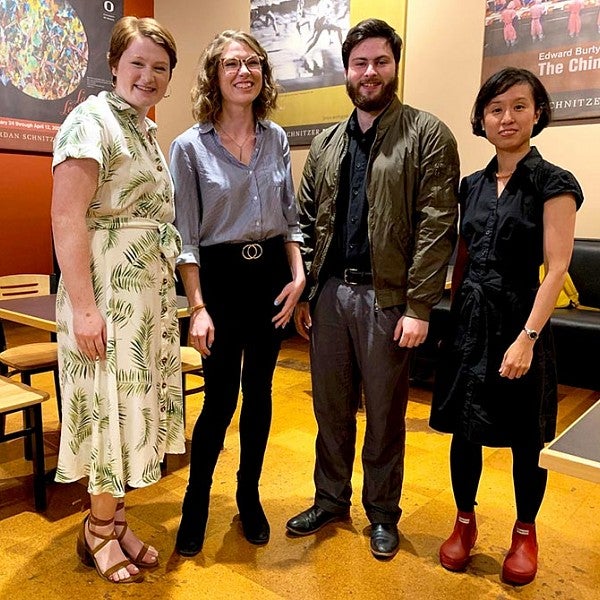
HAA students Katelyn Jones, Cassidy Schaffer, and Jacob Armas with Cheng at the 2019 HAA Graduation and Award Reception.
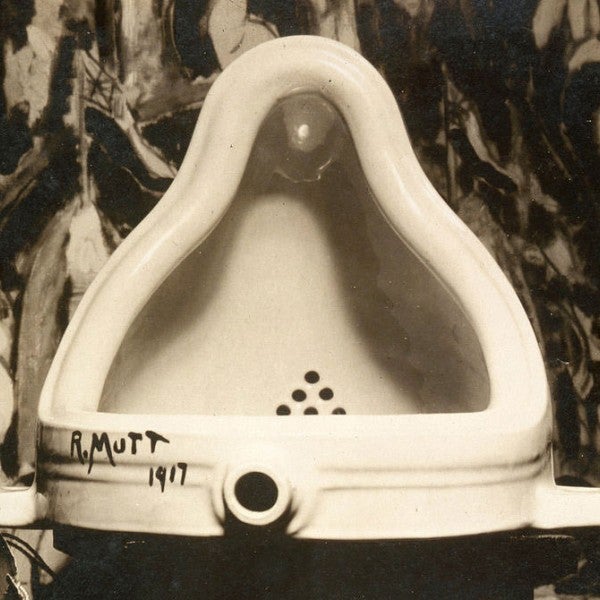
‘Fountain’ by Marcel Duchamp, a Dada artist Cheng uses in her teachings

